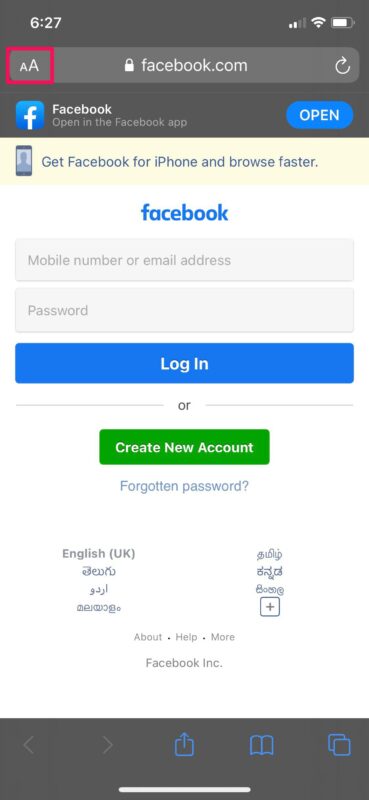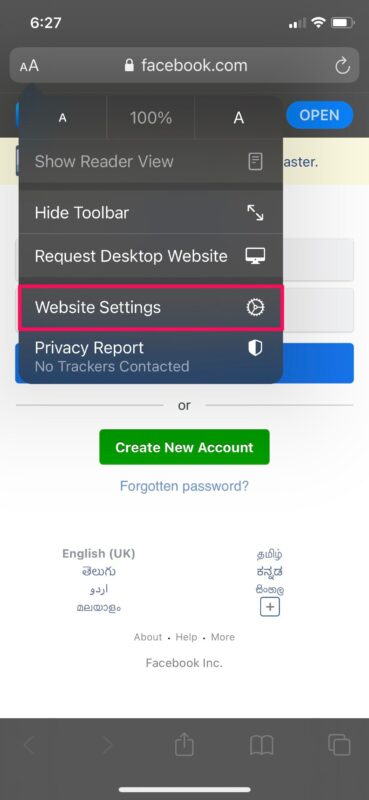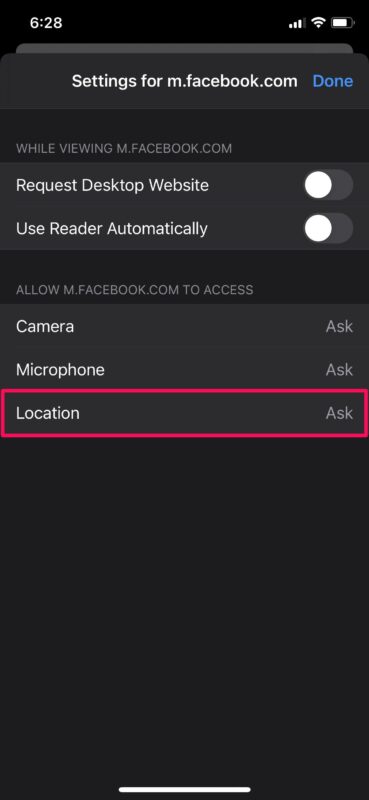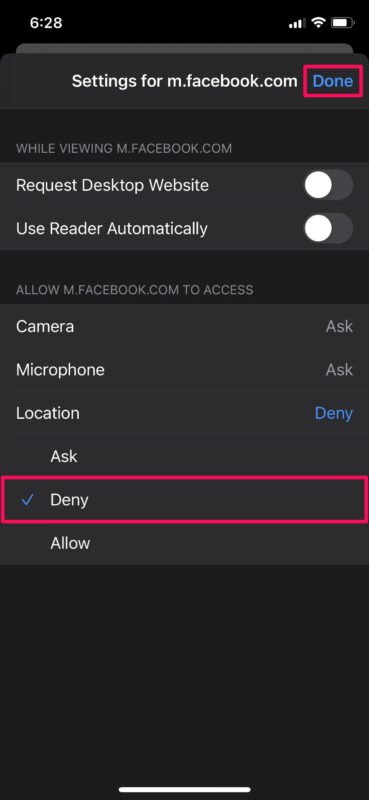How to Block Location Access for Websites on iPhone & iPad
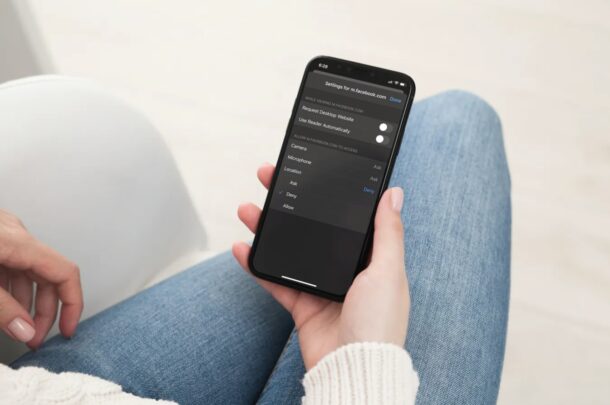
Tired of a particular website asking to access your location when you visit it from iPhone or iPad? As you may have noticed, some websites throw up a pop-up message requesting location access, and while sometimes this is necessary for the site to function (say, a maps or delivery service), others are most certainly not. If you’d like to, you can completely block location access with the help of Safari in iOS and iPadOS.
Similar to how apps installed on our iPhones and iPads request location access to unlock certain features or show us personalized ads, websites sometimes need access to your location to get things done as well. In Safari, when a website is trying to access your location, you get a pop-up regarding the same and you have the choice to allow or deny it. The issue is that certain websites show these pop-ups repeatedly, or when it’s not necessary, or perhaps you just don’t want to be sharing your location with the site anymore.
Unless a website needs your location for essential features, you may want to avoid these requests which, in most cases are used for delivering targeted ads. Here, we’ll cover how you can block location access for websites on your iPhone and iPad.
How to Prevent Location Access for Websites on iPhone & iPad
Blocking a website from accessing your location permanently is actually pretty easy to do, here’s how it works in iOS and iPadOS Safari:
- Launch the Safari app from the home screen of your iPhone or iPad.

- Visit the website that you’re trying to block location access for. Once the webpage loads up, tap on the “aA” icon located to the left of the address bar.

- This will give you access to more browser-related options. Here, tap on “Website Settings” to change the Safari configuration for the current website.

- Now, you’ll find the Location setting at the bottom. By default, it’s set to “Ask” which is the reason for the pop-ups. Tap on it to change this setting.

- Next, select “Deny” as shown in the screenshot below and tap on “Done” to save the updated website settings.

That’s pretty much all you need to.
The website will no longer cause location request pop-ups while you’re navigating through its webpages. This is because Safari automatically blocks all its location requests due to your updated website settings. You can repeat the above steps to permanently block location access for other sites too, if you’d like.
We understand that not everyone uses Safari as the default browser on their iPhones and iPads. Unfortunately, these enhanced site-specific settings aren’t available on popular third-party browsers like Google Chrome or Mozilla Firefox in iOS and iPadOS (yet anyway), so you’re out of luck if you use one of those browsers – though you can always deny the entire app location access through Settings > Privacy > Location.
Similarly, Safari also allows you to block camera and microphone websites on a per-site basis. This is a setting that privacy buffs may want to take advantage of to ensure that they are 100% not being spied on. Camera and microphone permissions can be accessed from the same menu where you enable/disable location.
If you use a Mac, you’ll be pleased to know that you can access these website-specific settings on Safari for macOS too. Just make sure your Mac is running at least macOS Mojave or later and you’re good to make the necessary changes in a similar way.
Did you block location access for websites using Safari on your iPhone and iPad? Share your experiences and thoughts about this privacy feature in the comments.

